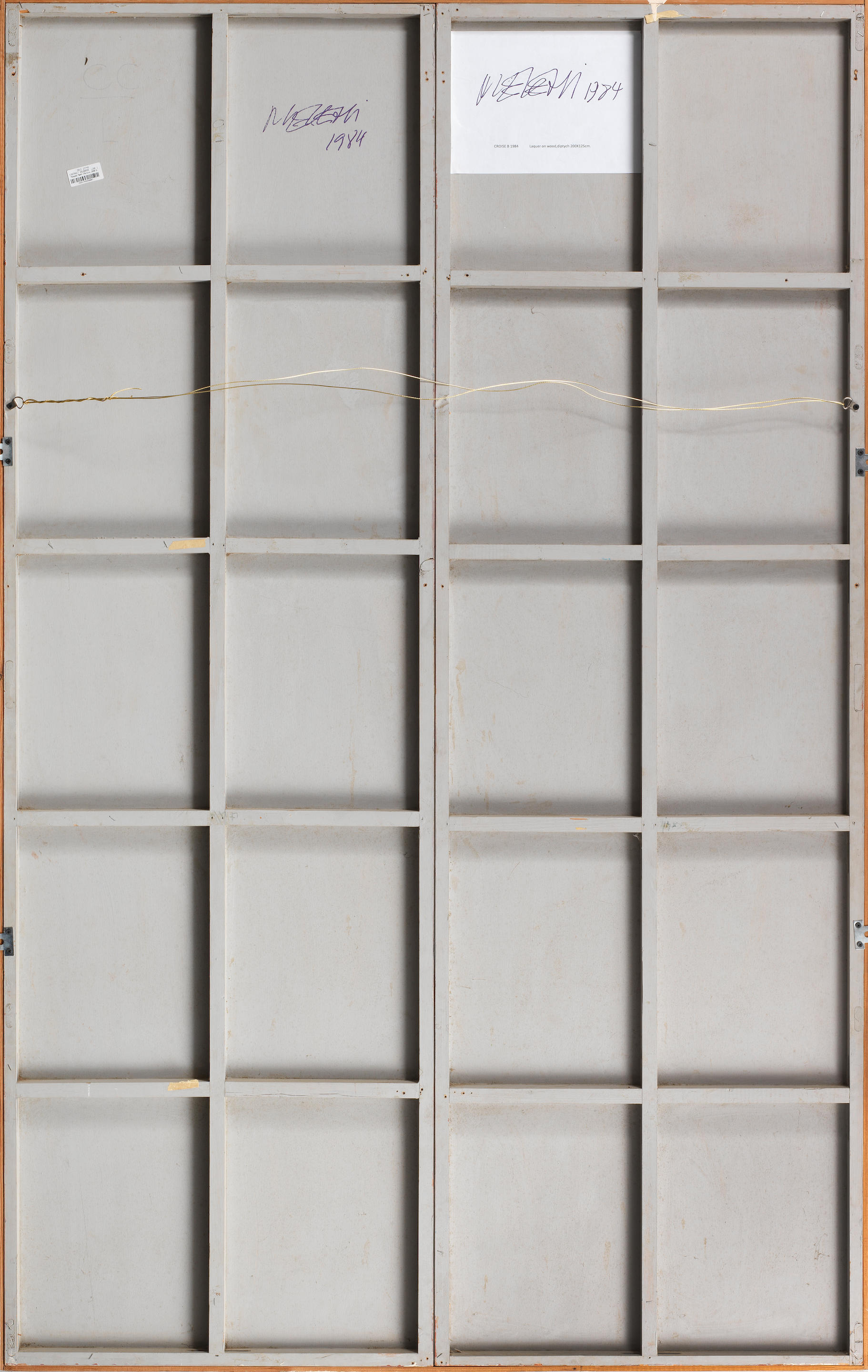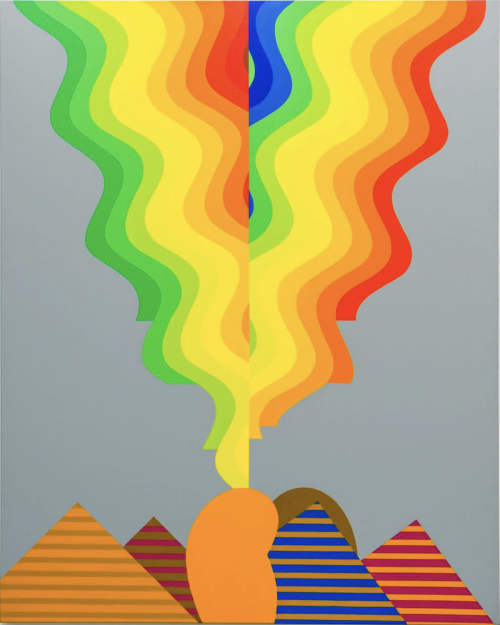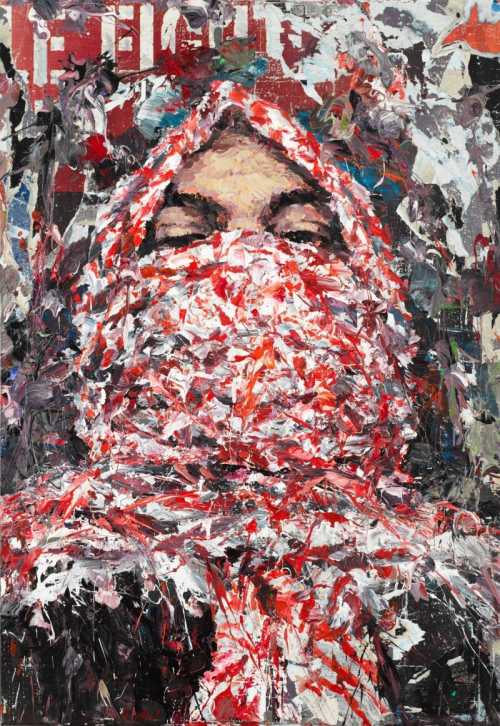- Croisé B 1984
- lacquer on panel
- Painting
- 120 * 200 cm
- signed and dated on the verso
framed
each panel: 200 * 63 cm
Estimation
£80,000
100,339 USD
-
£120,000
150,508 USD
Realized Price
£189,300
237,426 USD
89.3%
Artwork Description
'Sprayed in lacquer on wood panels, the motifs are geometrical and hard-edged: stripes, chevrons, crescents, disks and rippling bands all arranged in masses with Cubist disjunctions...the Berber art that has been Melehi's main source of inspiration...virtually unknown in the United States, are distinctly African in character and very beautiful. Melehi is a witty and highly intelligent man, totally absorbed in Moroccan culture, which has been affected by all the major Mediterranean civilizations including Carthage, Crete and Egypt.'
- The New York Times, 1984
"The wave meant music and movement. It is communication in space, it represents continuity, the sky, a women's sensuality, water ,and pulsating rhythm. Yet it is calm"
- Melehi
"Hard-edge painting made me rediscover the abstraction inherent in Islamic art... Moroccan art was always hard edge"
- Melehi
The present monumental diptych by Mohammed Melehi harks from one of the artists most celebrated periods and participated in his seminal Bronx Museum retrospective. When Mohamed Melehi: Recent Paintings opened at New York's Bronx Museum of the Arts in 1984, it was the first major solo exhibition in the US for an artist from North Africa.
A landmark in Melehi's artistic trajectory, Croise B represents an important confluence is Melehi's visual inspiration, which saw the artistic acknowledgement that avant-garde Western abstraction was in fact long predated by traditional, local patterns and geometric decorative schemes found in African and Eastern cultures
The resulting paintings blend Western geometric abstraction and Islamic art, and importantly pioneer Melehi's use of everyday paint materials such as cellulose that take inspiration from the craft culture of Morocco.
Melehi studied at the École des Beaux-Arts in Tetouan, Morocco before going to study abroad at the Ecole superieure des Beaux-Arts Isabel de Hungria in Seville; the École supérieure des Beaux-Arts San Fernando in Madrid; the Academie des Beaux-Arts and the Istituto Statale d'Arte in Italy and the Ecole nationale des Beaux-Arts in Paris.
In 1964, Melehi returned to Morocco and became a professor of painting, sculpture and photography at the Ecole des Beaux-Arts of Casablanca from 1964 up until 1969 which was directed by Farid Belkahia. Melehi, Belkhahia and Chebaa formed the Casablanca group with an exhibition in Rabat in 1966. In addition to new modernist style in their personal work was also known for a pedagogy that focused on rooting modernism in local visual culture.
Since the 1960s his body of work has been based around the recurrent motif of waves; the canvases are consistently hard-edged and optic abstractions. His lines are clean, the colours are clearly delineated and the brushstrokes and movements of his paintbrush are not visible. The waves themselves are often reconfigured, turned vertically to become flames, or cutting across the canvas on angle. The waves in his oeuvre have been linked to the waves on the beaches of Melehi's hometown Asilah.
He has stayed consistent but reconfiguring similar elements in his research into colour and form, while continually varying small details, orientation, and the colour combinations, as well as adding other abstract shapes or symbols. He has re-worked his waves in other mediums, such as a sculpture in Mexico in 1968 for the International Meeting of Sculptors, in posters and murals or integrated into architectural projects.
- The New York Times, 1984
"The wave meant music and movement. It is communication in space, it represents continuity, the sky, a women's sensuality, water ,and pulsating rhythm. Yet it is calm"
- Melehi
"Hard-edge painting made me rediscover the abstraction inherent in Islamic art... Moroccan art was always hard edge"
- Melehi
The present monumental diptych by Mohammed Melehi harks from one of the artists most celebrated periods and participated in his seminal Bronx Museum retrospective. When Mohamed Melehi: Recent Paintings opened at New York's Bronx Museum of the Arts in 1984, it was the first major solo exhibition in the US for an artist from North Africa.
A landmark in Melehi's artistic trajectory, Croise B represents an important confluence is Melehi's visual inspiration, which saw the artistic acknowledgement that avant-garde Western abstraction was in fact long predated by traditional, local patterns and geometric decorative schemes found in African and Eastern cultures
The resulting paintings blend Western geometric abstraction and Islamic art, and importantly pioneer Melehi's use of everyday paint materials such as cellulose that take inspiration from the craft culture of Morocco.
Melehi studied at the École des Beaux-Arts in Tetouan, Morocco before going to study abroad at the Ecole superieure des Beaux-Arts Isabel de Hungria in Seville; the École supérieure des Beaux-Arts San Fernando in Madrid; the Academie des Beaux-Arts and the Istituto Statale d'Arte in Italy and the Ecole nationale des Beaux-Arts in Paris.
In 1964, Melehi returned to Morocco and became a professor of painting, sculpture and photography at the Ecole des Beaux-Arts of Casablanca from 1964 up until 1969 which was directed by Farid Belkahia. Melehi, Belkhahia and Chebaa formed the Casablanca group with an exhibition in Rabat in 1966. In addition to new modernist style in their personal work was also known for a pedagogy that focused on rooting modernism in local visual culture.
Since the 1960s his body of work has been based around the recurrent motif of waves; the canvases are consistently hard-edged and optic abstractions. His lines are clean, the colours are clearly delineated and the brushstrokes and movements of his paintbrush are not visible. The waves themselves are often reconfigured, turned vertically to become flames, or cutting across the canvas on angle. The waves in his oeuvre have been linked to the waves on the beaches of Melehi's hometown Asilah.
He has stayed consistent but reconfiguring similar elements in his research into colour and form, while continually varying small details, orientation, and the colour combinations, as well as adding other abstract shapes or symbols. He has re-worked his waves in other mediums, such as a sculpture in Mexico in 1968 for the International Meeting of Sculptors, in posters and murals or integrated into architectural projects.
More lots by Mohammed Melehi
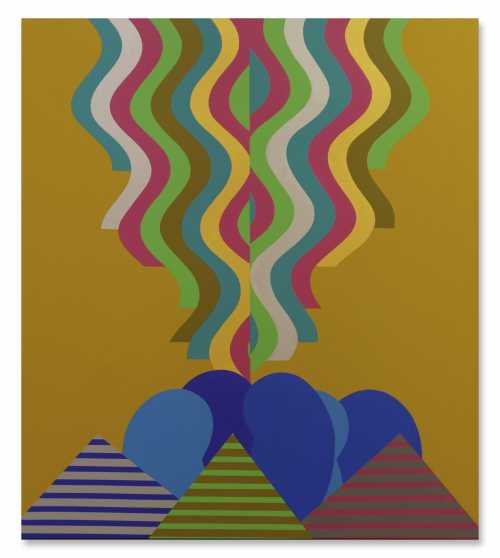
Untitled
Estimation
£40,000
55,579 USD
-
£60,000
83,368 USD
Sale Date
Christie's
-
24 June 2021
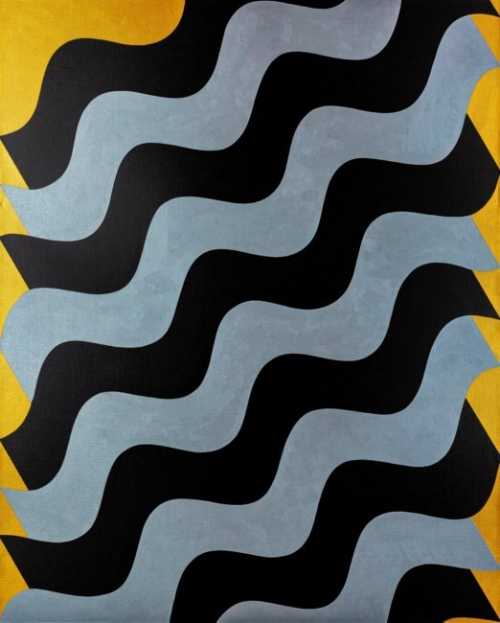
Moucharabieh, Gray on Black
Realized Price
66,977 USD
Min Estimate
37,064 USD
Max Estimate
54,479 USD
Average Artwork Worth
+38.74%
Average Growth of Artwork Worth
Sales Performance Against Estimates
Average & Median Sold Lot Value
2021 - 2025
Performance vs. Estimate
2021 - 2025
Sell-through Rate
2021 - 2025
Similar Artworks
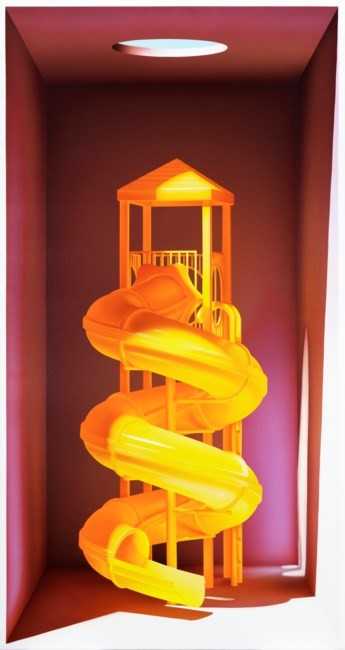
Exploration of the Sun
Estimation
¥300,000
41,113 USD
-
¥500,000
68,521 USD
Realized Price
¥1,512,000
207,208 USD
278%
Sale Date
Christie's
-
23 September 2023
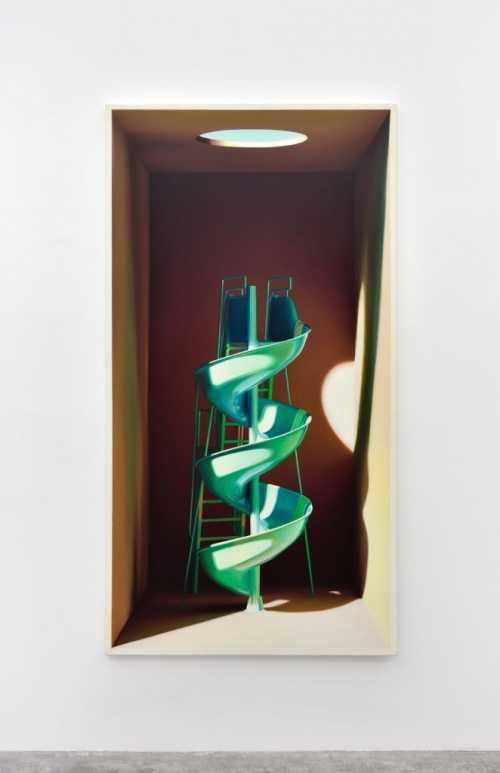
The State of Light
Estimation
HK$400,000
51,464 USD
-
HK$600,000
77,196 USD
Realized Price
HK$1,386,000
178,323 USD
177.2%
Sell at
Sale Date
Christie's
-
27 September 2024

